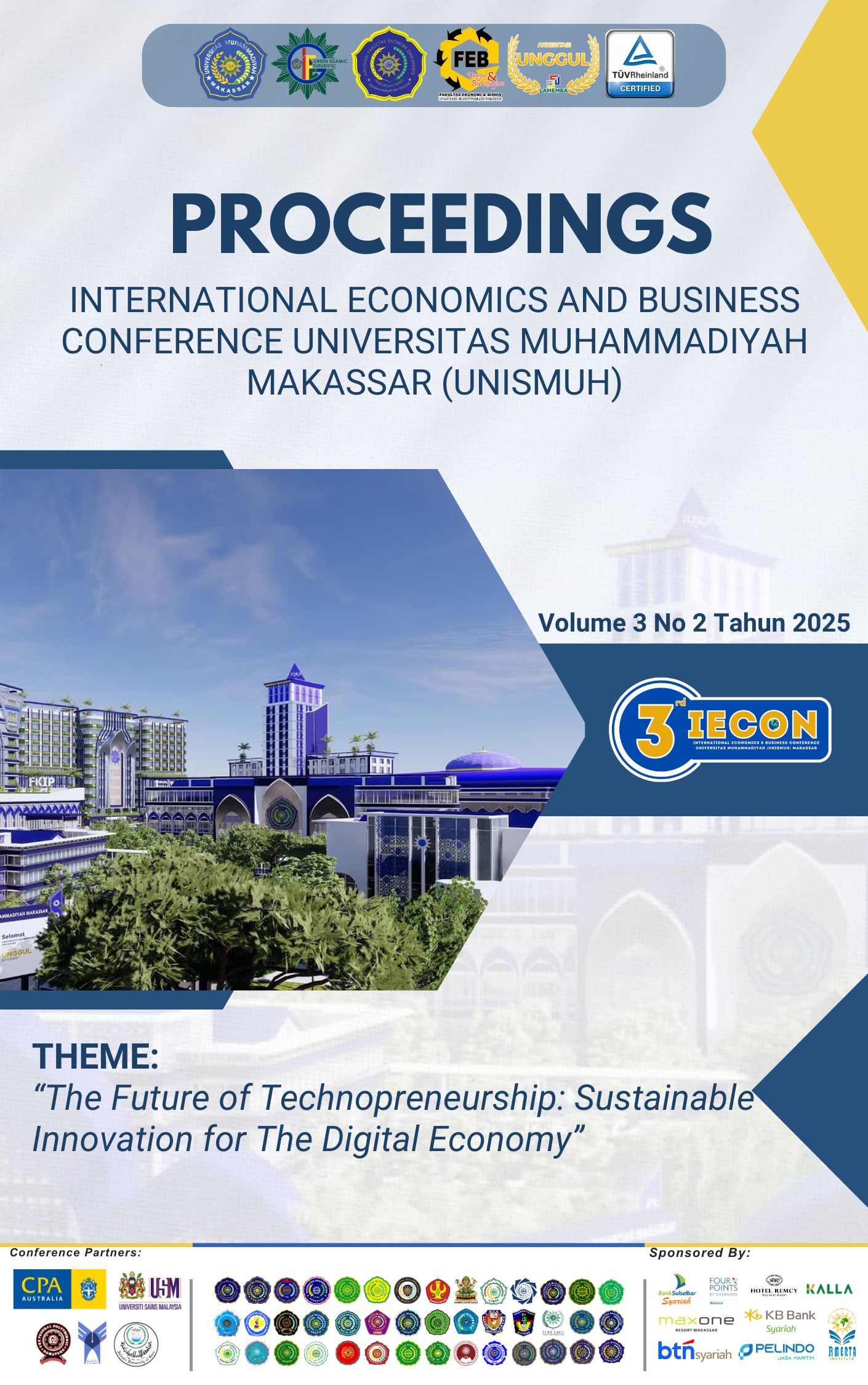GDP and CO₂ Emissions in ASEAN-5: Has the Turning Point Been Reached?
Keywords:
Environmental Kuznets Curve, CO₂ emissions, Economic GrowthAbstract
Rapid economic growth and urbanization in Southeast Asia have increased environmental pressures, particularly through rising carbon dioxide (CO₂) emissions driven by fossil fuel–based activities. The Environmental Kuznets Curve (EKC) framework is commonly used to assess whether economic growth eventually leads to lower emissions after surpassing a certain income level. This model is particularly relevant for ASEAN countries—Indonesia, Malaysia, Thailand, the Philippines, and Vietnam—that are undergoing industrial transition. This study examines the presence of the EKC in the ASEAN-5 from 1990 to 2021 and estimates the turning point for each country. Using unbalanced annual panel data, a quadratic regression model is applied through Pooled OLS, Fixed Effects, and Random Effects methods. Model selection follows Chow and Hausman tests, with robustness diagnostics including heteroskedasticity (Breusch-Pagan), residual normality (Jarque-Bera), and cross-sectional dependence (Pesaran CD and LM tests). Turning points are calculated when the GDP coefficient is positive and the squared GDP coefficient is negative and statistically significant, indicating an inverted-U relationship. Results confirm that CO₂ = f (GDP, GDP²) is a valid specification for the region, reflecting a general shift toward greener economies. However, only Malaysia and Thailand have passed their respective turning points; Indonesia, the Philippines, and Vietnam remain below. These findings highlight the varying stages of environmental transition among ASEAN countries and underscore the urgent need for energy reform and policy interventions in nations that have not yet reached the emissions-reducing phase of economic development.
Downloads
Additional Files
Published
Issue
Section
License
Copyright (c) 2025 IECON: International Economics and Business Conference

This work is licensed under a Creative Commons Attribution-NonCommercial-NoDerivatives 4.0 International License.















